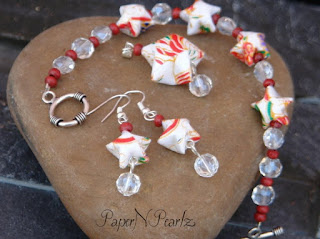Our Church Choir had recently gone on a 2-day trip to a nearby hill station. We usually make it a point to go out together, at least once a year to a resort or a hill station. At the least it gets us away from our busy lives and since a lot of our choristers are students, it gets them away from their studies, which absolutely delights them! About 20 of us had come for the trip and we had a truly lovely time. We had stayed at a Christian retreat centre, a lovely, well-maintained place, full of flowers and trees and absolutely picturesque.
Well, there were about 8 girls (well, not exactly girls, since ours ages ranged from the 20s to the 30s!! But hey, we were all young at heart :)) and about 8 also-young-at-heart guys. The rest were the super-seniors - those in their 50s and 60s, including our choir master and other long-time pillars of our choir. And with such equally distributed ratio of girls and guys, competitions were inevitable. This time, we had a quiz competition - girls vs guys.
There was no specific topic - anything from anywhere would do. One of our long-term choristers had prepared the quiz and he had done an excellent job of it. We loved playing the quiz. We had assembled in one of the rooms we were staying in. All the rooms had bunk-beds, which is very cool to sleep in, by the way! The girls settled down at the top of the bunk-beds and the guys took the lower beds. Once we settled down, the quiz began. It was fast and exciting!
The rules were simple - 30 seconds to answer a question, 10 points for a correct answer, 5 point when a question was passed on. Some of the questions (answers at the end of the post):
- When was the Book of Revelation written?
- What is the longest river in the world?
- What book does Torah, Neviim, Ketuvim represent?
- What is the heaviest element in the world?
- Washburn, Dobro resonator, Stratocastor - what are these associated with?
- What is the largest moon in the Universe?
- In the Bible, which community worshipped Baal?
- Which city was the centre of Renaissance art?
- Which is the company with the most employees?
- What language was the Old Testament written in?
And finally, we come to the purpose of this post! Well, the girls won the quiz, albeit by a narrow margin! The prize was to be any original gift that the girls liked, which fell within the budget. I was amazed when all of them suggested a handmade paper bracelet from PaperNPearlz!
Of course, they wanted it customized. So I gave them an option of butterfly or star bracelets and they got to choose their colours. All of them chose butterflies. As for the colours, as you can see, pinks abounded. The next favourite colour was purple. As much as possible, I added little touches which I thought would be appreciated. One of the bracelets had little jingles in it. Butterfly beads, round and tear drop crystals for a few others. One of the purple bracelets had little lavender pearls and personally this was my favourite.
Of the photos, my favourite turned out to be the pink bracelet, laid out into an off-centre hyperbole. I liked the combination of dark-brown background and pink butterflies, with just a tinge of green from the stem.
Overall, this has been a very exciting, but tiring experience for me. Making about 35 - 40 paper butterflies and turning them into bracelets is no joke - makes me appreciate all those handmade creators around the world! The photography part of this project was also an eye-opener. I had to experiment with so many backgrounds and colours.
I even ended up making a small, inexpensive light box, to provide the right light diffusion and a uniform background.
And finally, to the answers to the quiz questions:
1. 1 AD
2. Amazon
3. Old Testament
4. Osmium
5. Guitar
6. Ganymede
7. Canaanites
8. Florence
9. Walmart
10. Hebrew
And with that, I come to the end of a rather long post!


































